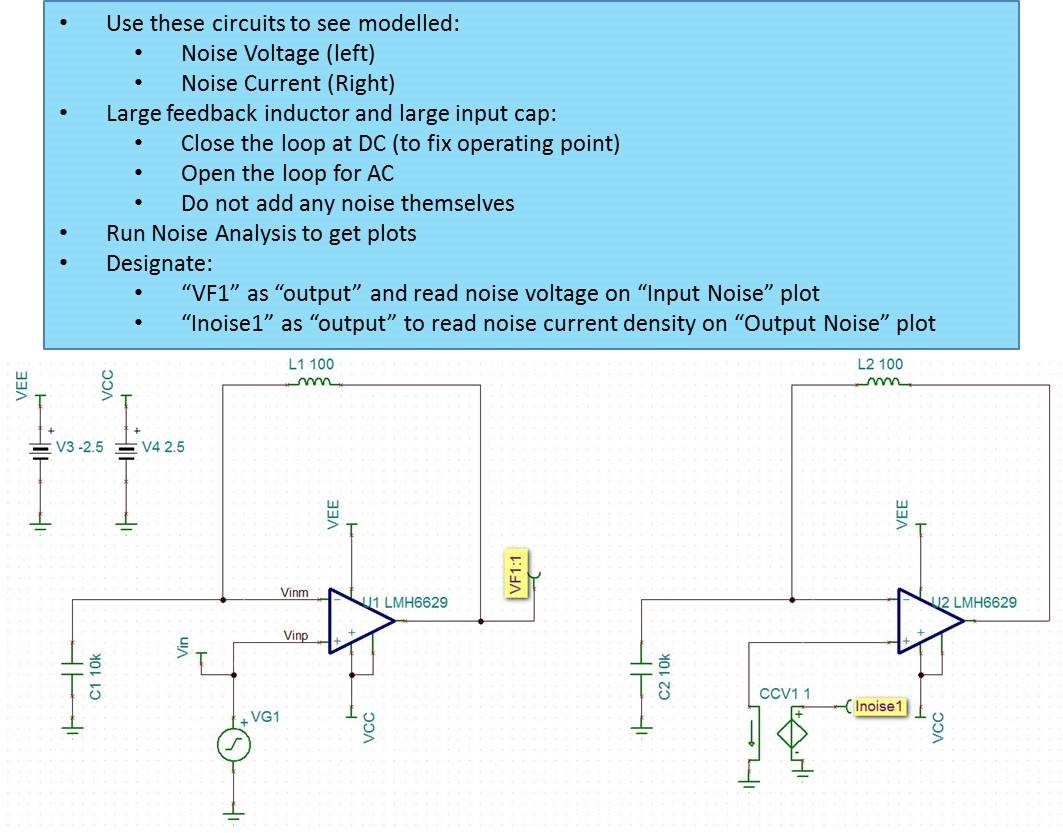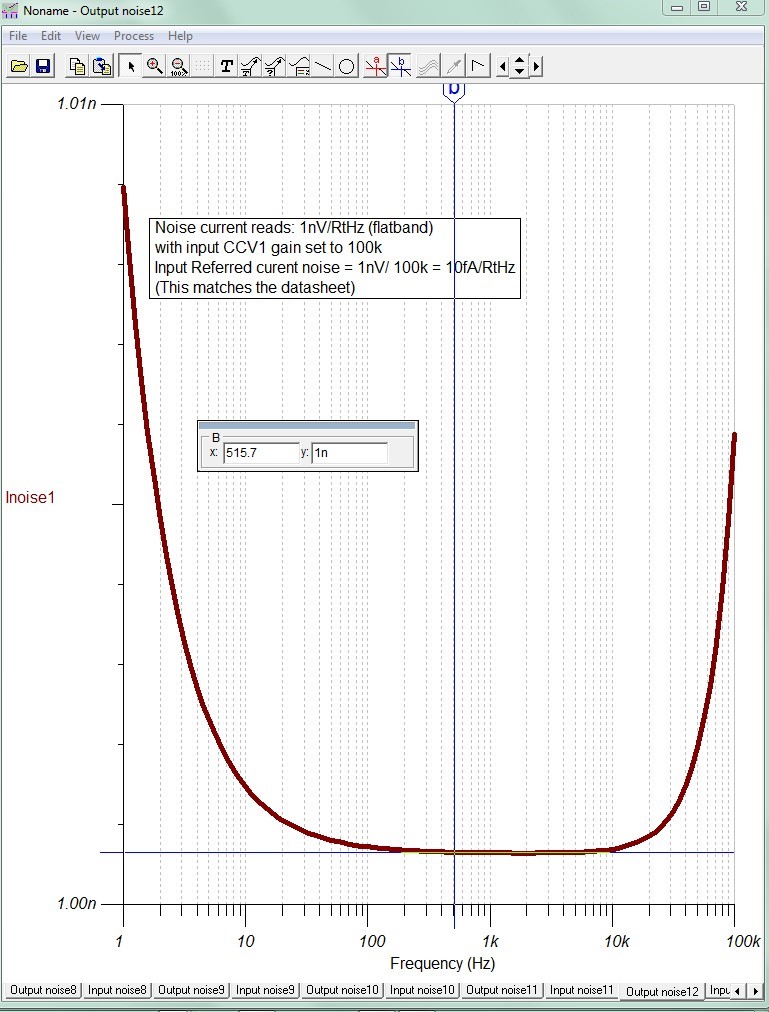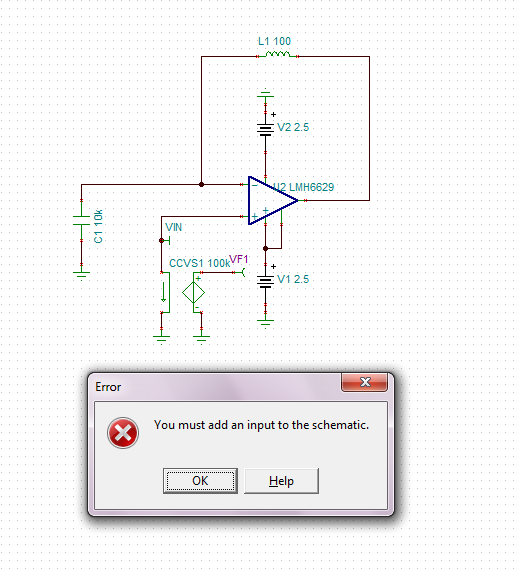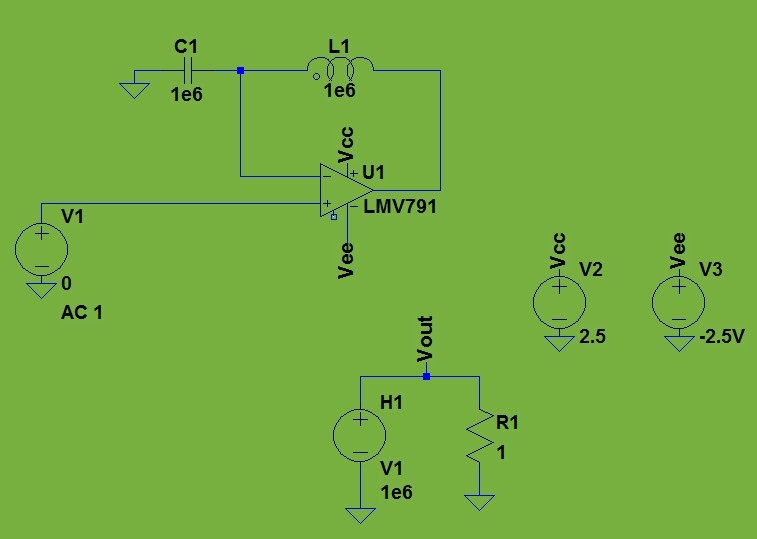Dear all,
I have one problem for simulating LMV791 to determine the Input Current-Noise Density in PSPICE. Texas Application Report- AN-1516 Pspice Universal Test Circuits (snoa475d.pdf) gives noise testing circuit, and result of output graph. I am able to determine the Input Voltage Noise Density, but I don't know how to determine Input Current-Noise Density as with this given testing circuit and Simulated Current Noise Density curve in PSPICE.
Thanks in advance,
Phalla









